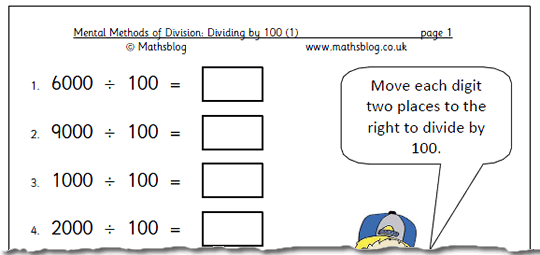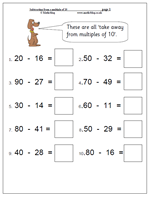 The Very Hungry Caterpillar (Picture Puffin)
The Very Hungry Caterpillar (Picture Puffin)
This is the book which has inspired many young children. An absolute must for children from one upwards, although I am pretty sure that you will have come across it before.Put simply, a story about how a little egg, on a leaf in the moonlight becomes a hungry caterpillar who eats and eats and eats until finally turning into a beautiful butterfly.
Make sure that you get the large size book as the holes in the pages which the caterpillar has eaten through are great for young children to explore.
It teaches about counting, ordering, time and days of the week as well as a little science! Each page is a new day and each day the caterpillar eats one more piece of food.
The BBC has written news stories about this book including that it has been said that one copy a minute has been sold since it was released in 1969.


